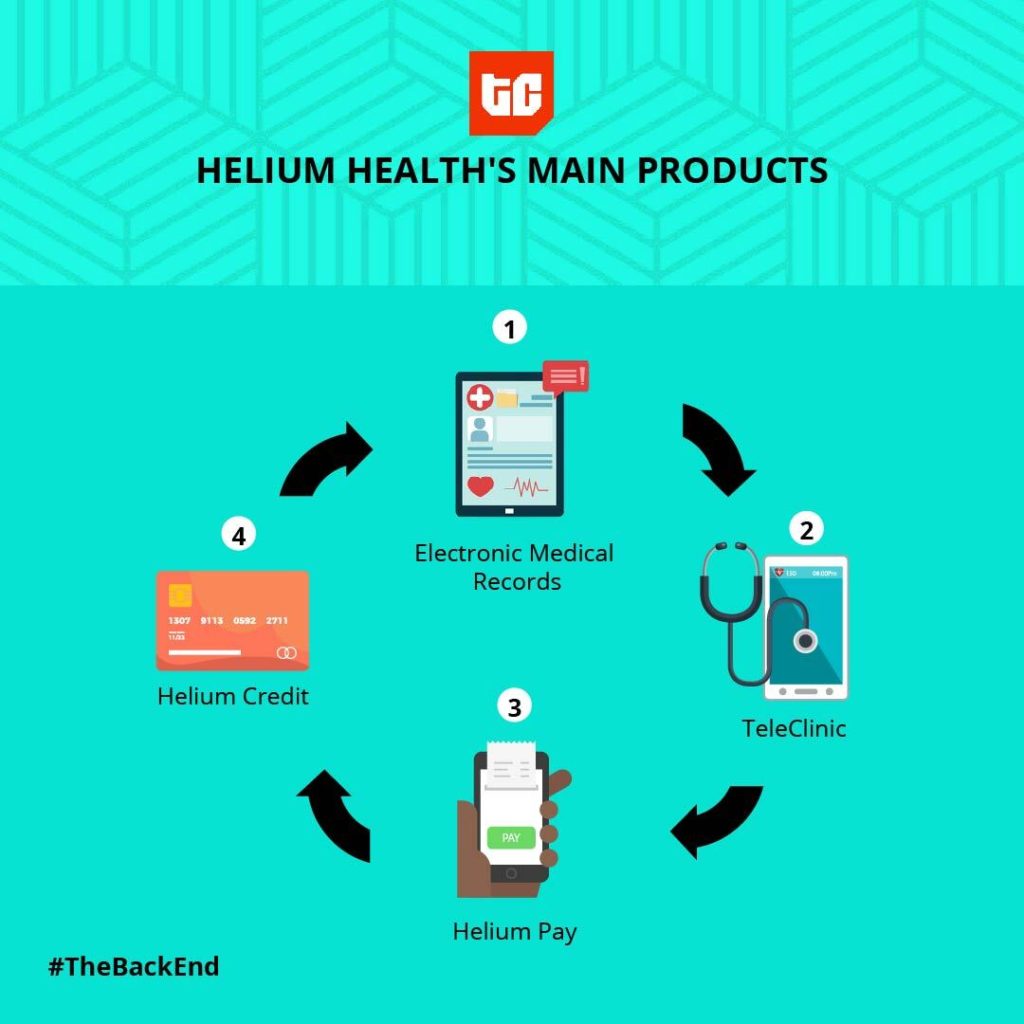The BackEnd explores the product development process in African tech. We take you into the mind of those who conceived, designed and built the product; highlighting product uniqueness, user behaviour assumptions and challenges during the product cycle.
—
One of the first known attempts at designing an electronic health information system in Nigeria involved a collaboration between Obafemi Awolowo University, based in the city of Ife in south west Nigeria, and the University of East Finland.
Released in 1991, the product of the project was modeled after the Admission Discharge Transfer system of the United States Veterans Affairs Department. It ran on a stand-alone personal computer in the Nigerian university’s teaching hospital but didn’t do much beyond recording the admission, discharge and transfer of patients.
Plans to scale it across every Nigerian teaching hospital in 2001 fell through due to the cost of acquiring commercial software.
Two decades later, building and deploying electronic health information systems en masse in Nigeria is no more rocket science. No hospital needs to write any line of code or create anything from scratch these days with the rise of a promising health tech sector.
A notable player in the sector at the moment is Helium Health, a six-year old company founded by Adegoke Olubusi, Tito Ovia and Dimeji Sofowora.
The trio started Helium on the premise of building a technology backbone for healthcare in Africa. That backbone currently features a suite of products launched in recent months with one central take-off point: an electronic medical records (EMR) system.
Why build an EMR?
Helium’s bold idea was to interconnect all medical facilities in Nigeria. Everyone would have a Helium Health ID that can be input at any partner hospital to retrieve individual medical records.
“We quickly saw that hospitals were not open to that at the time,” Oghenetega Otojare, Helium’s head of product, says to TechCabal.
Hospitals wanted their patients to be unique to them and had no need for interconnected systems, but a market for digital systems that gave structure to record keeping existed.
In some hospitals, an entire department is dedicated to manually coding diseases. Staff would manually scan hard copy directories for diagnosis codes (say COVID-19 for the novel coronavirus, or B50.9 for malaria) and pen it down on an index card.
A digital system EMR system eliminates that drudgery. Helium’s is designed to contain those codes as well as built-in alerts for sensitive medical information that may not draw attention when written down on paper.
For example, a medical officer may casually write down a patient’s temperature that is out of normal range without being spurred to act on it.
But with an EMR system programmed to spot strange occurrences, she or any staff that subsequently accesses that patient’s record would be prompted by an alert to the data point.
Having patients’ data categorised by disease type helps in clinical decision support and offering targeted follow-up messages. Hospitals are able to quickly group people with high risk factors for new diseases together and guide them on how to care for themselves considering their underlying conditions.
In other words, the database becomes a guide for evidence-based decision making, and an easily navigable drawing board for fine-tuning service delivery.
Like G Suite, a platform for other solutions
Until April this year, Helium’s flagship solution was the EMR system. An integration for virtual hospital visits was in the pipeline but rolling it out was not considered priority, Otojare says.
Then COVID-19 hit, limiting physical interaction between doctors and patients.
In the months since, the company has launched its telemedicine feature, a payment system and a healthcare financing solution for clinics.
Medical facilities in Nigeria can apply for collateral-free loans and they don’t have to be using the Helium EMR system. Each application receives a response in 48 hours and the credit limit is between ₦500,000 ($1,300) and ₦10 million ($25,814).
“A traditional bank might not understand how hospitals work, but because we have insight and see how their revenues come in, we are better able to provide them loans,” Otojare explains.
Because the EMR is designed to evolve from a product to a platform, Helium can afford to layer secondary solutions on it. Hospitals and clinics using the system can opt-in to use HeliumPay, the payments management feature, as well as the telemedicine feature.

G Suite is the internationally renowned reference for this, whereby a product becomes a platform for accessing ancillary services.
Google Docs, Spreadsheets and Maps are essential but they are tied to an email account which acts as the primary port. In a similar way, Helium’s payments and telemedicine features build on the functionality of the EMR.
It is a useful model for thinking about designing business-to-business solutions especially in markets where diverse revenue streams are necessary to de-risk a business. Crucially though, making the leap from product to platform requires a reliable product from the onset.
Who is the Helium user?
If early attempts at scaling EMR in Nigeria before the 2000s failed due to cost of software development, the deployment in the 2020s could arguably be hampered by not fitting the system to user behaviours.
Helium’s EMR and hospital information management system will not be familiar to the untrained, with the various components from laboratory and vaccine management, to e-prescription and tracking billing.
Do hospitals need to hire specialised tech staff to handle these processes, or does Helium provide some onboarding training?
“In some cases, we have had to provide some computer appreciation training first,” Otojare says. That would be the case when deploying in a suburban or rural setting where the staff are competent in their jobs but lack sufficient exposure to computerised systems.
Besides these, small practices comprising two or three doctors are quite comfortable managing the system by themselves, Otojare says.
The essential thing is to make sure usability is “as simple as WhatsApp and Facebook” to match current technology habits and experiences. For small clinics, the ability to turn off services they don’t use – say support for HMOs or appointment booking – is useful in lowering the complexity involved in regular use.
Facilities deploying Helium’s solutions range from 12 to 50 staff users. The big outliers could have up to 100 beds in their facilities, requiring more staff.
These solutions are deployed in hospitals in about 16 states in Nigeria (including Lagos and Abuja), as well as in Ghana and Liberia. About 400 service providers – from clinics to hospitals – are within their network, Otojare says.
More rollouts for a big market
They have not given up on that original idea of connecting hospitals with each other.
Helium’s Health Information Exchange is in the works. When fully developed, it would be a hub for facilities in their network to securely share patient information.
For now, patients in those facilities can access their personal records on MyHelium and present it at non-Helium hospitals.
According to the Nigeria Bureau of Statistics, Nigerian households spent ₦2.46 trillion ($6.81 billion) on health services in 2019, the equivalent of 6% of their total spending. 90% of African health facilities still run paper-based operations.
As one of the first movers in this sector, Helium is positioning as the one-stop shop for facilities who desire efficiency and optimization.
They won’t be able to fix institutional issues like abysmal budgeting for public hospitals or poor research and development that make quality healthcare delivery difficult in Nigeria. But the backbone infrastructure they are building could make them an accelerator of the desired change.





















